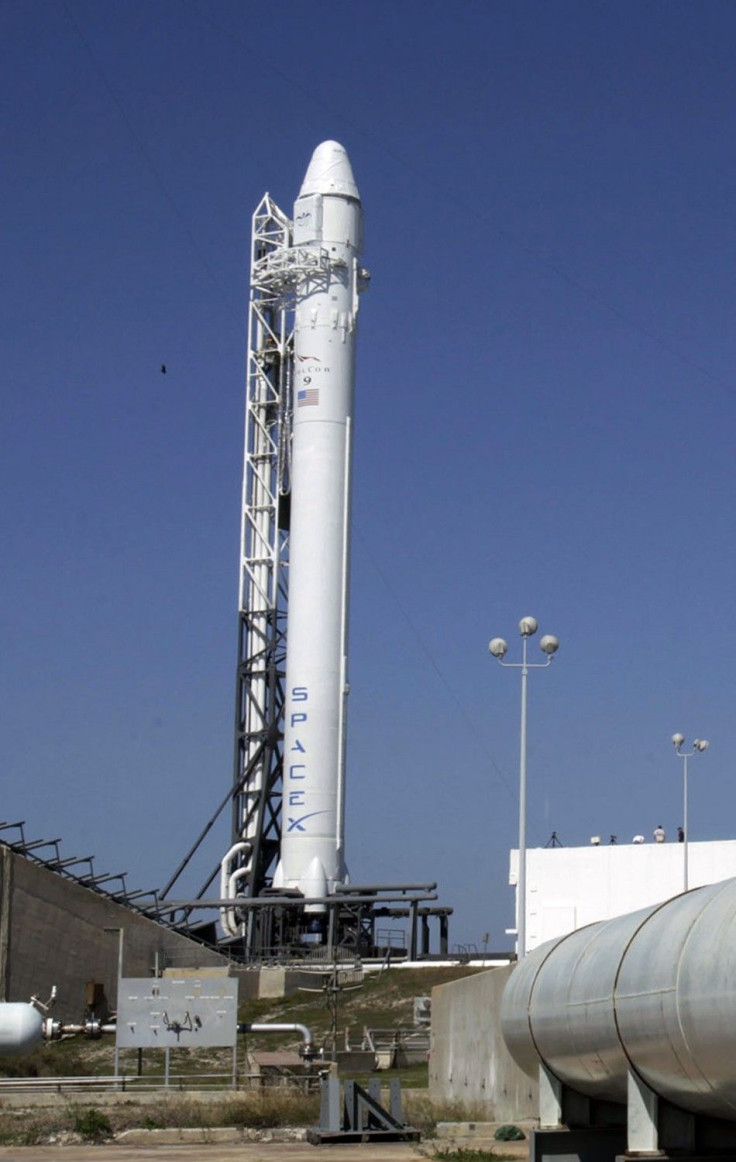SpaceX Aborts Rocket Launch Due To Last Minute Engine Glitch

Private rocket company SpaceX was forced to abort the launch of its Dragon space capsule on Saturday because of an engine glitch in its Falcon 9 rocket.
SpaceX's unmanned Dragon Cargo ship was scheduled to take off from the launch pad at the Cape Canaveral Air Force Station in Florida at 4:55 a.m. EDT.
An onboard computer sensor initiated an automatic abortion of the launch when it identified slightly high combustion chamber pressure on one of its rocket engines, just two minutes before the launch, NASA officials said.
Due to the technical requirements, the next launch will have to wait for a minimum of three days. Will adjust limits for countdown in a few days, SpaceX's founder Elon Musk said in a Twitter update from the SpaceX Mission Control facility in California. According to the SpaceX officials, the launch has been postponed to 3:22 p.m. EDT May 23.
In a live media briefing on NASA TV, SpaceX officials said that the engineers were looking into the problem. We detected something was wrong with one of the limits on one of the rocket's nine engines, they said.
The California-based company will be the first private aerospace company to send supply craft to the International Space Station. Only governmental space agencies from the U.S., Russia, Europe and Japan have sent supply crafts to the ISS so far. The Dragon's cargo included food and crew provisions, utilization payloads, cargo bags, four computers and supplies.
SpaceX is one of the two private firms that received billion dollars in funding from NASA to supply food and equipment stocks to the ISS. The other firm, Orbital Sciences Corp., plans to launch its vehicles later this year.
SpaceX's Dragon capsule, initiated in 2005, is a free-flying, reusable spacecraft developed under NASA's Commercial Orbital Transportation Services (COTS) program. It currently launched as an unmanned vehicle, but it is designed to ferry astronauts and space tourists to the space station and back in the future.
In December 2008, NASA announced its plan to make use of SpaceX's Falcon 9 launch vehicle and Dragon spacecraft for resupply missions to the ISS once the space shuttles were retired. According to the SpaceX website, the $1.6 billion contract with NASA represents a minimum of 12 flights, with an option to order additional missions for a cumulative total contract value of up to $3.1 billion.
© Copyright IBTimes 2025. All rights reserved.






















